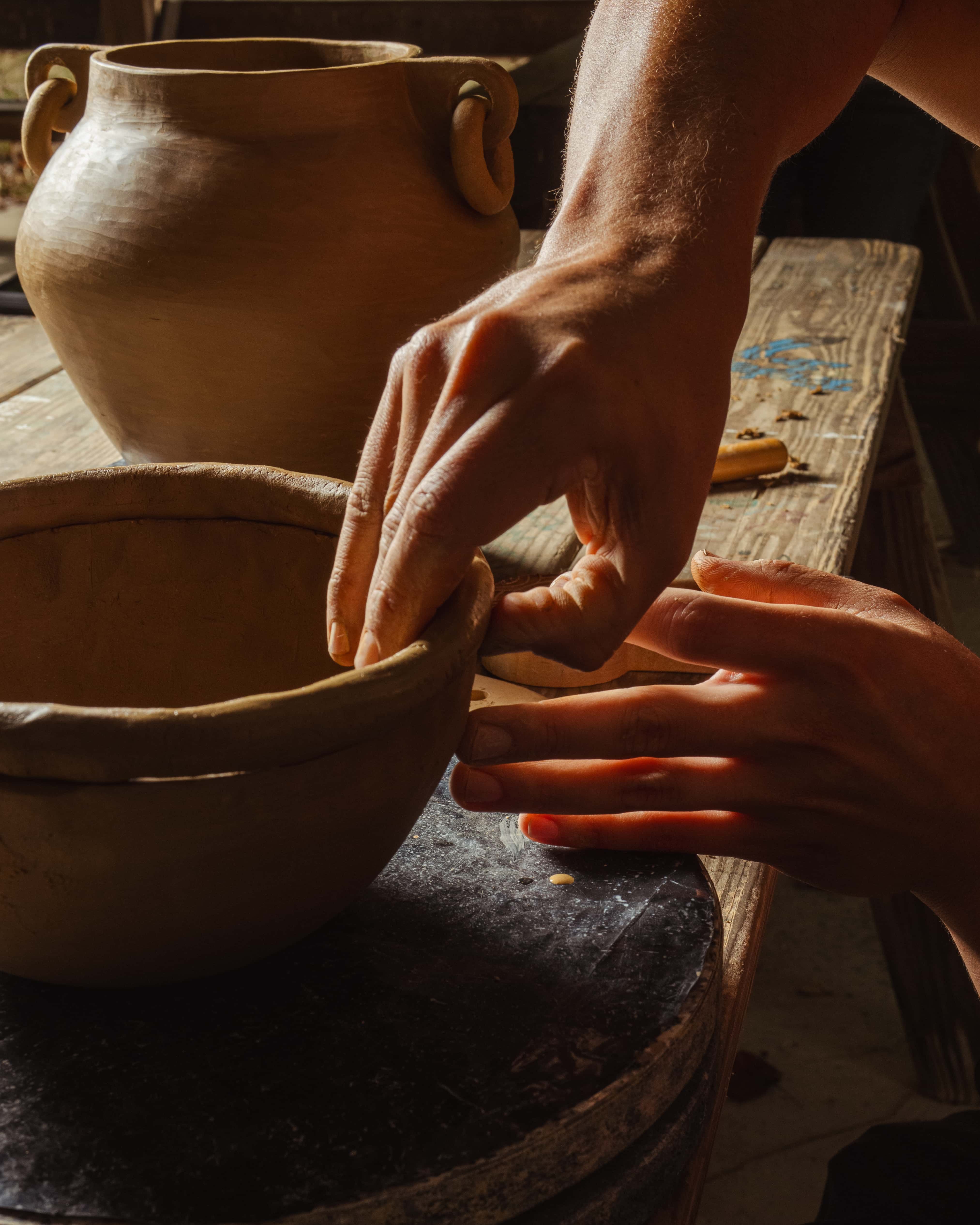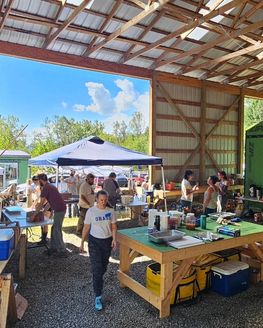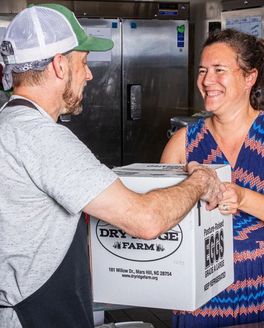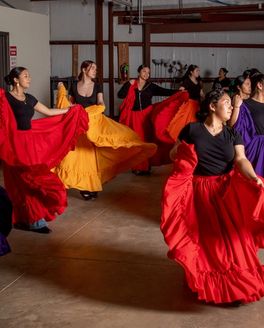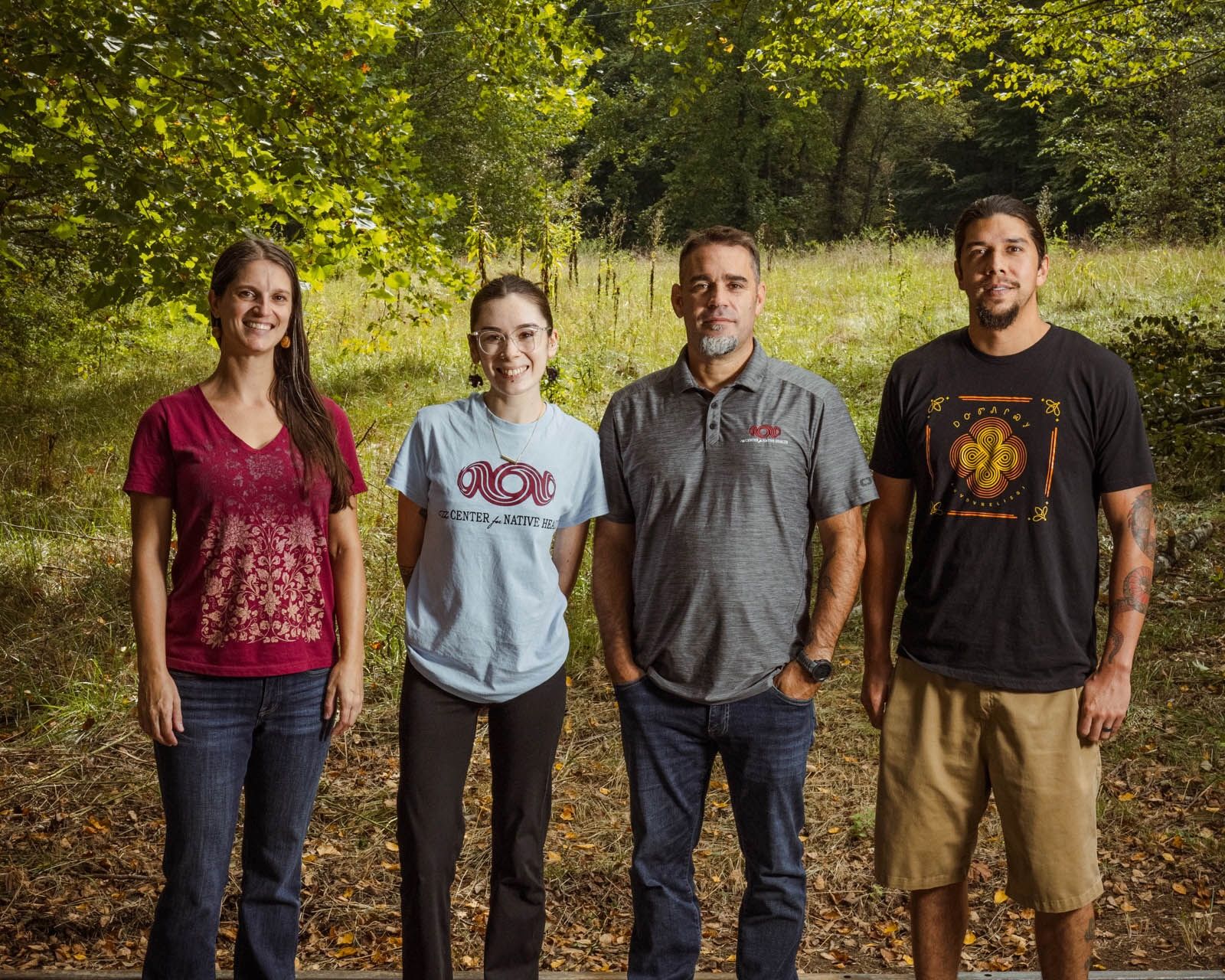
Reclaiming Health and Heritage
Based in Cherokee, NC, The Center for Native Health is now in its 15th year. Born out of community conversations about health disparities and the desire to build cultural resilience, the center was established to address the complex, layered health challenges faced by Indigenous people—challenges rooted in the long legacy of colonization in the U.S. The Center is Native-led and Native-controlled, guided by the Cherokee principles of ᎦᏚᎩ Gadugi (mutual aid), ᏚᏴᎾᎧᏔ Duyvktv (the right way), and ᏙᎯ Tohi (for health), recognizing the integral role individual and collective healing play in health and well-being.
In our conversation, Trey Adcock, PhD, the Center’s Executive Director and a citizen of the Cherokee Nation, reflected on the foundational vision of the organization as something both of and for the people.
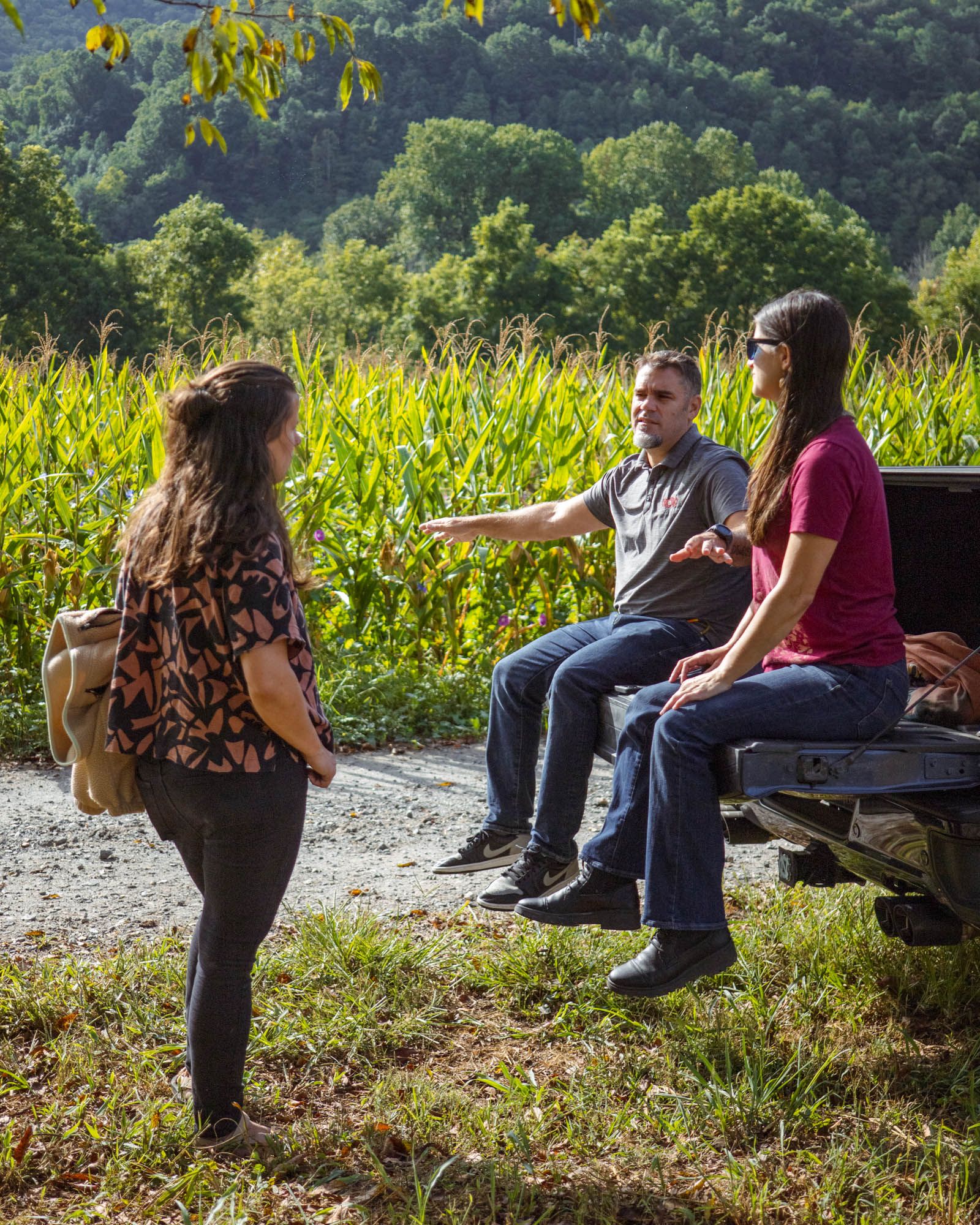
Trey explained that from the beginning, the Center sought to be a bridge—connecting traditional Cherokee knowledge with Western science. This synthesis is most visible in their Medical Careers and Technology Pathways Program (MCAT)--a partnership with Wake Forest Medical School—which aims to disrupt the overrepresentation of non-Native healthcare providers serving Native communities. The goal is clear: empower Native youth to enter healthcare professions, grounding their training in both cutting-edge medical practices and the ancestral wisdom of the elders.
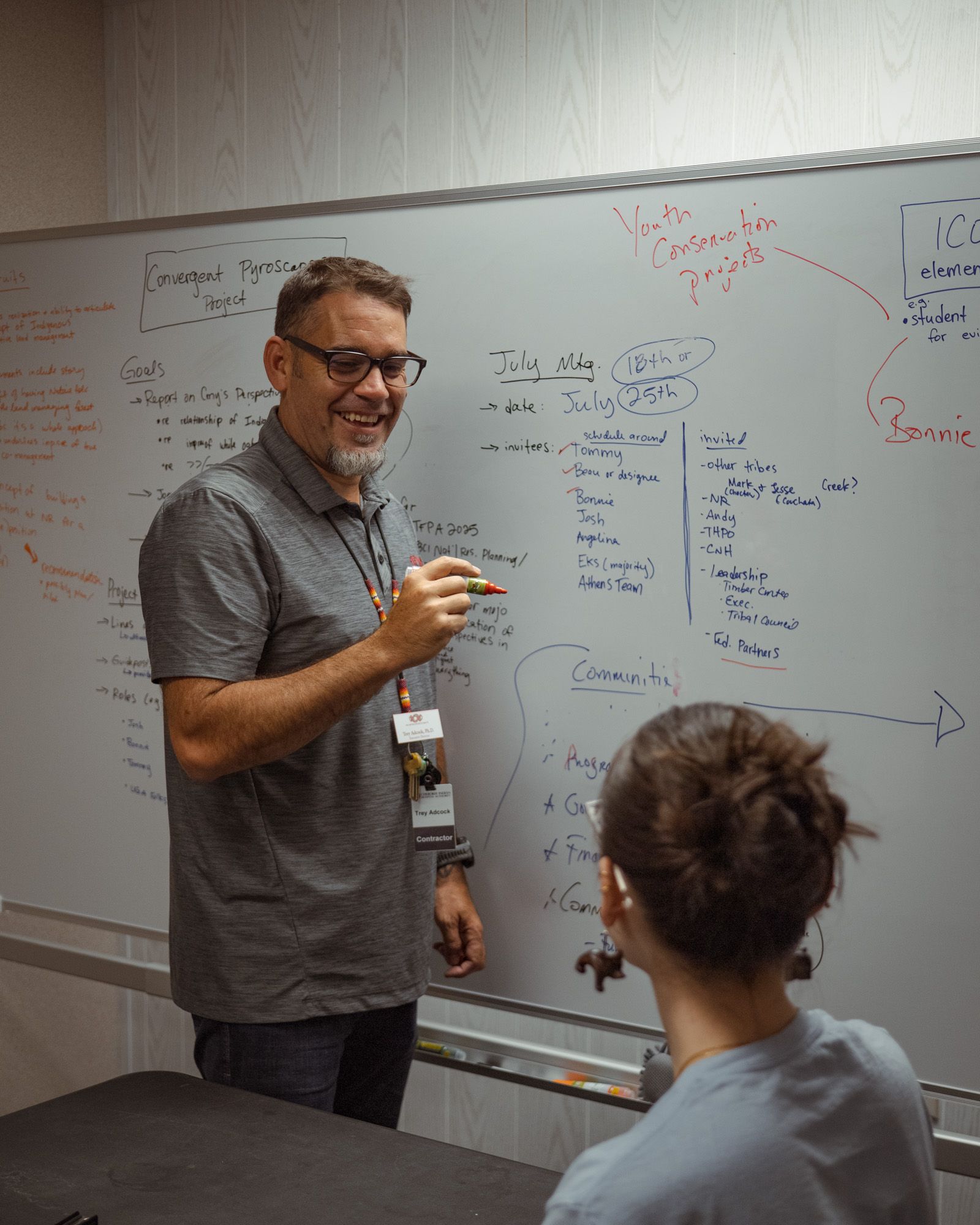
“We’re not replacing one knowledge set with another,” Trey explained, “We’re trying to find the integration of the two.” For the students, this might look like spending time in hospital labs, and, in the same breath, learning from elders about plant medicines or visiting ancient mound sites to connect with the spiritual history of the land. The Cherokee, like other southeastern Indigenous peoples, were mound builders, and the mounds are still sacred sites—alive with the stories and identities of the people who shaped them.
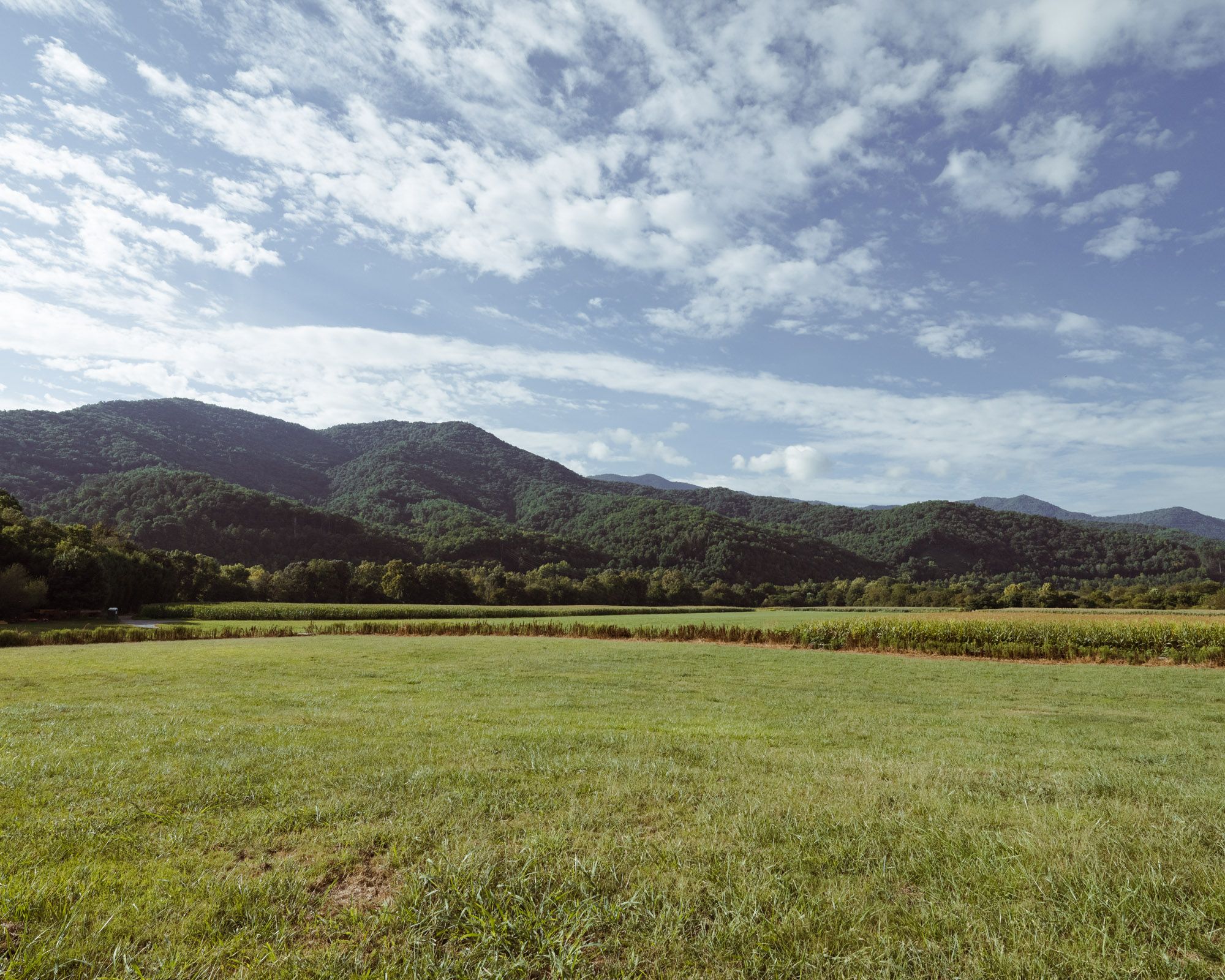
The holistic approach is at the heart of the Center’s mission. It’s about healing not just the physical body, but the cultural and spiritual wounds inflicted by displacement and forced assimilation. “To know who you are and where you come from is essential for health,” Adcock emphasized. This belief is evident in every facet of the Center’s programming, from maternal health initiatives that revive traditional Cherokee mothering practices, to language preservation efforts that recognize the deep connection between language, identity, and well-being.
One of the most exciting developments of the Center is their focus on traditional Cherokee pottery. Pottery is both craft and storytelling, a way of holding onto the earth and the memory it carries. Cherokee pottery has a documented history that stretches back tens of thousands of years, yet, as Trey noted, “Due to colonization, we’ve been separated from some of these practices, but through resilience and ingenuity, we’ve held onto others.”
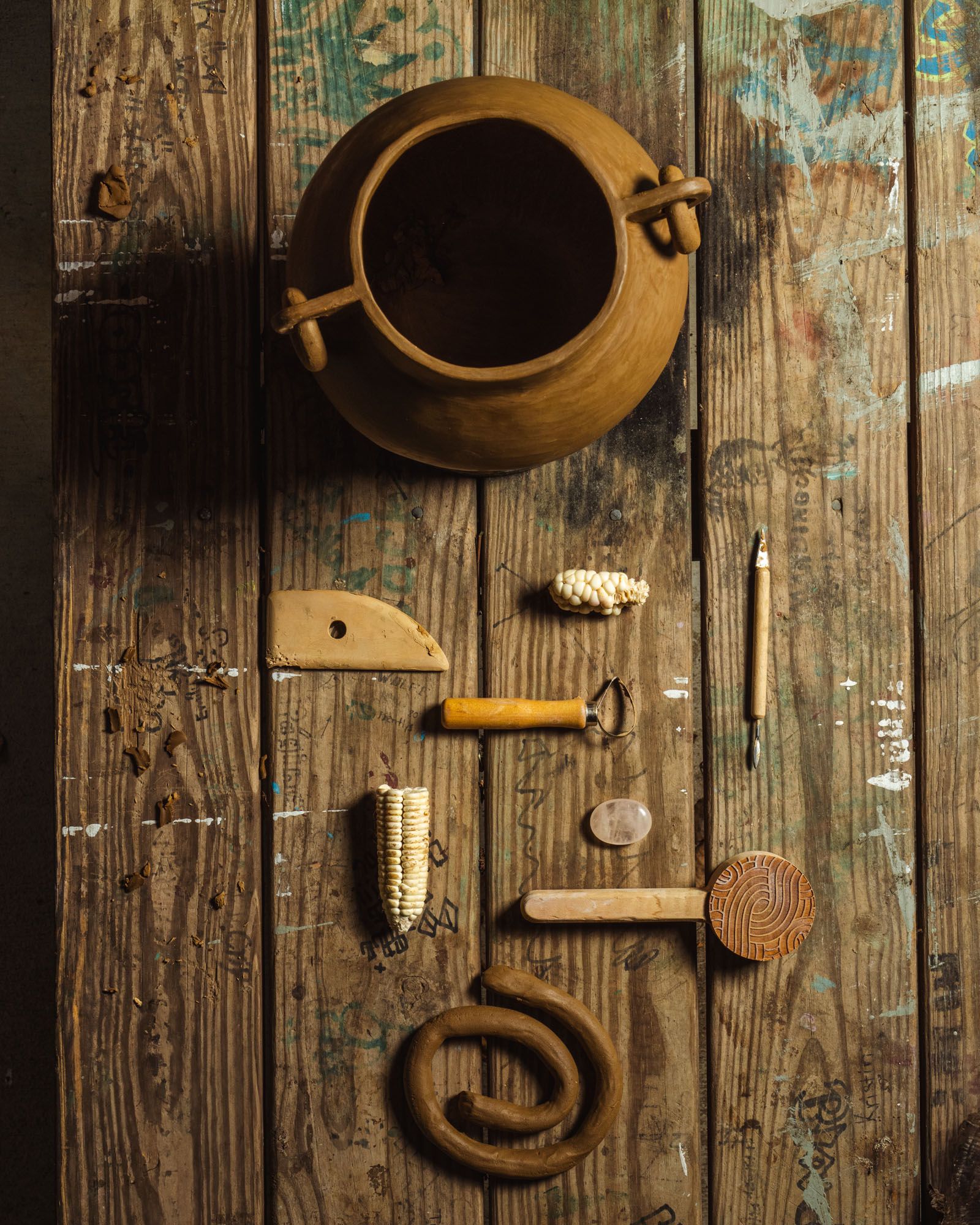
The pottery revival efforts are led by renowned ceramicists like Tara McCoy, an Eastern Band of Cherokee member who teaches community pottery classes that delve into traditional forms and techniques. There’s a palpable sense of both reclamation and innovation–with some digging their own clay and others exploring woodfire kilns, learning alongside other ceramicists in a collaboration with UNC Asheville.
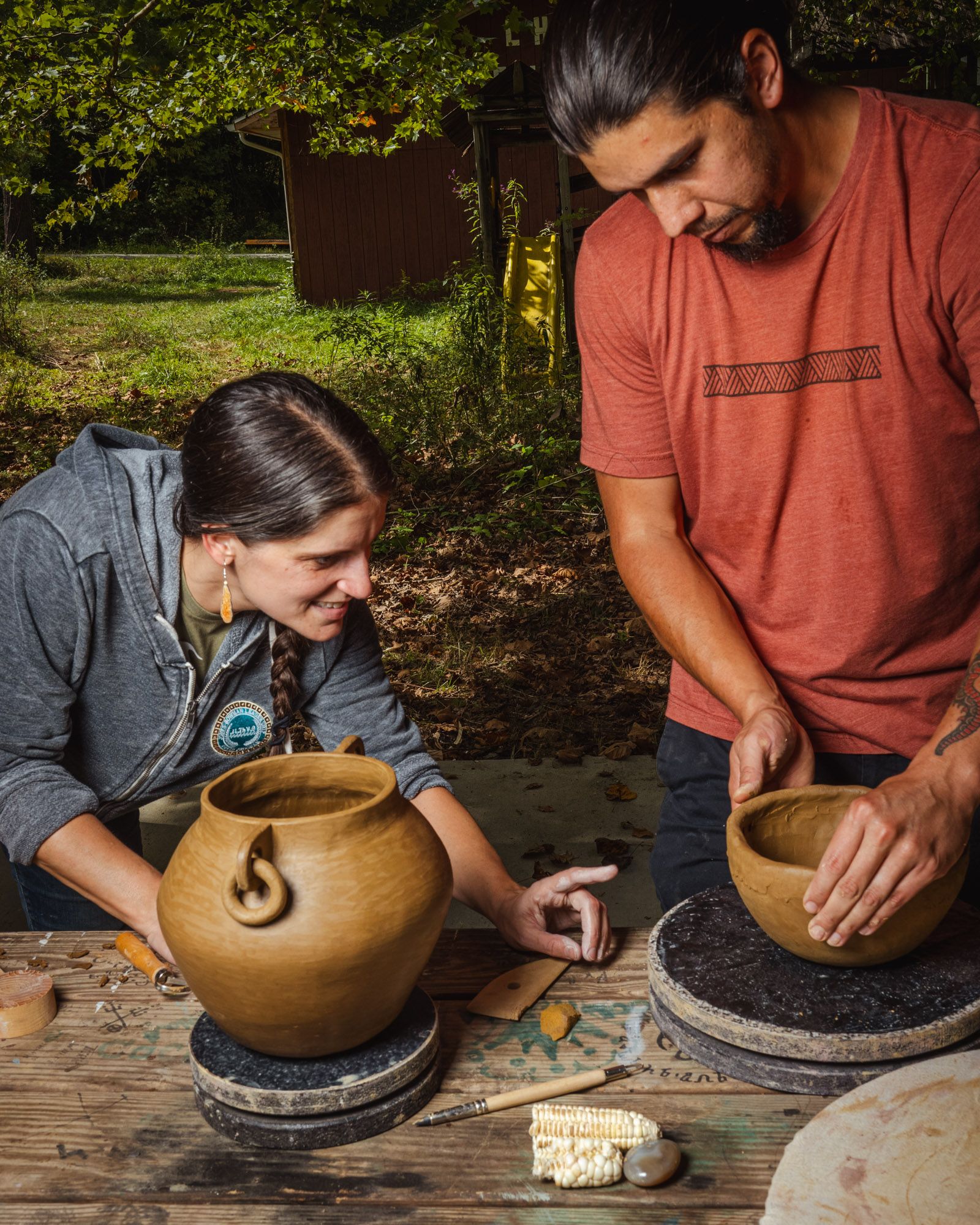
“I think it’s really cool that East Fork is a part of supporting this,” Trey said. It’s a partnership rooted in a shared respect for the craft and a desire to create dynamic, cross-cultural arts spaces. The dream, as Trey envisions it, is to build a dedicated facility for Cherokee artists—a place where traditional techniques can continue to be reclaimed and new ideas and techniques can flourish.
As the Center’s work includes art and education in the scope of its definition of well-being, it also includes environmental initiatives. In partnership with the U.S. Forest Service and the tribe’s natural resources department, they aim to restore landscapes and support climate change adaptation. These programs are designed to safeguard and co-steward land, ecology, and conservation as prioritized by Native community members. These efforts include landback initiatives and collaborations with the Earth Keepers, traditional Cherokee knowledge keepers supported by The Center for Native Health’s Land & Wellness Program who came together to apply Kituwah science, and the language that protects it, to conserve and preserve the mountains, forests, water, and air and all they contain. They advise the EBCI (Eastern Band of Cherokee Indians) Natural Resources Department and others on how to best care for Cherokee people and lands.
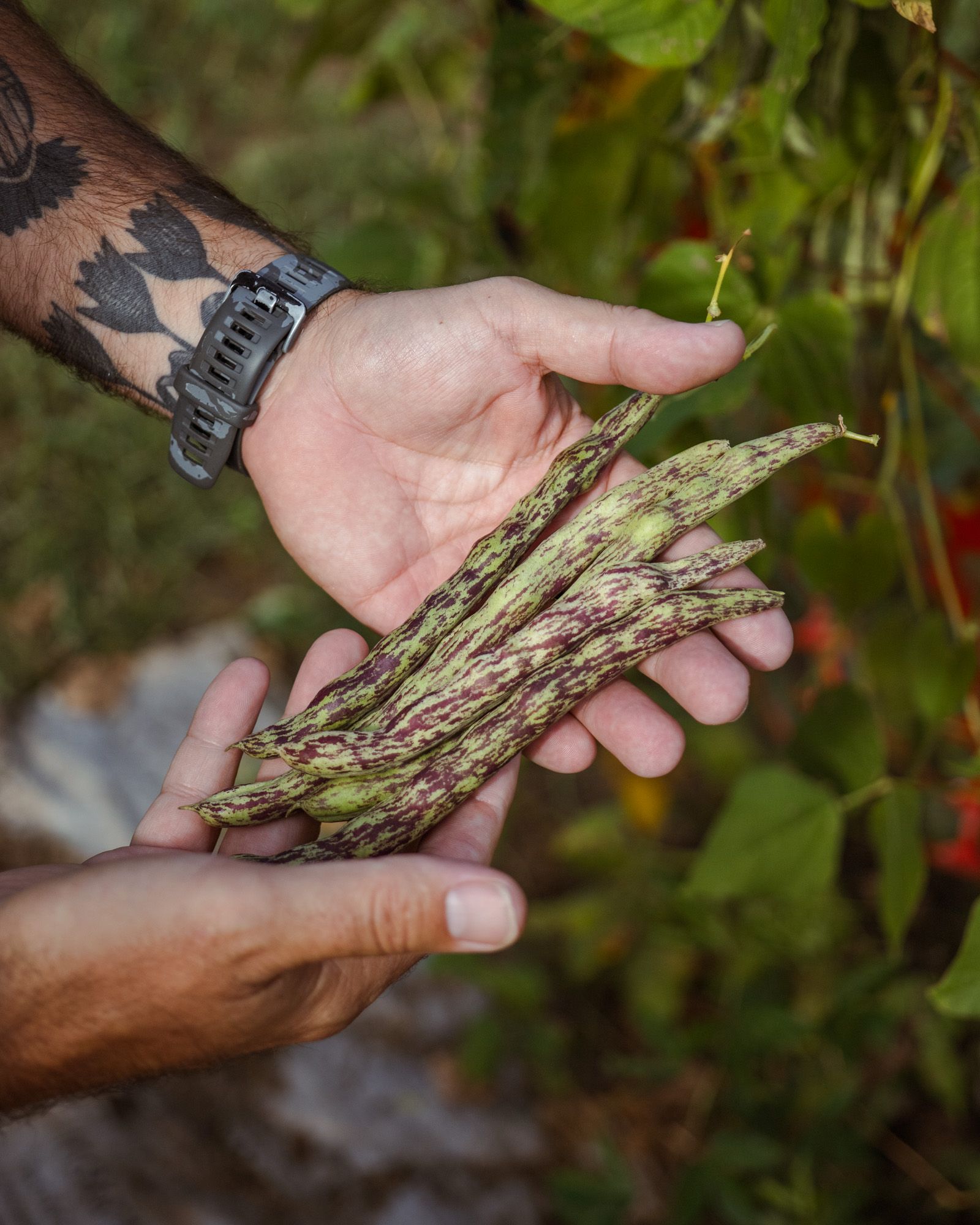
The Center for Native Health is a nonprofit and a movement led by Native people, rooted in community priorities, and committed to a vision of health that is expansive and holistic. It’s about reclaiming language, traditions, and land. It’s about training the next generation of Native healthcare providers and artists. It’s about building a future where Cherokee babies are born hearing songs in their ancestral language, where pottery tells the story of a people who have been here for centuries, shaping the earth and being shaped by it.
